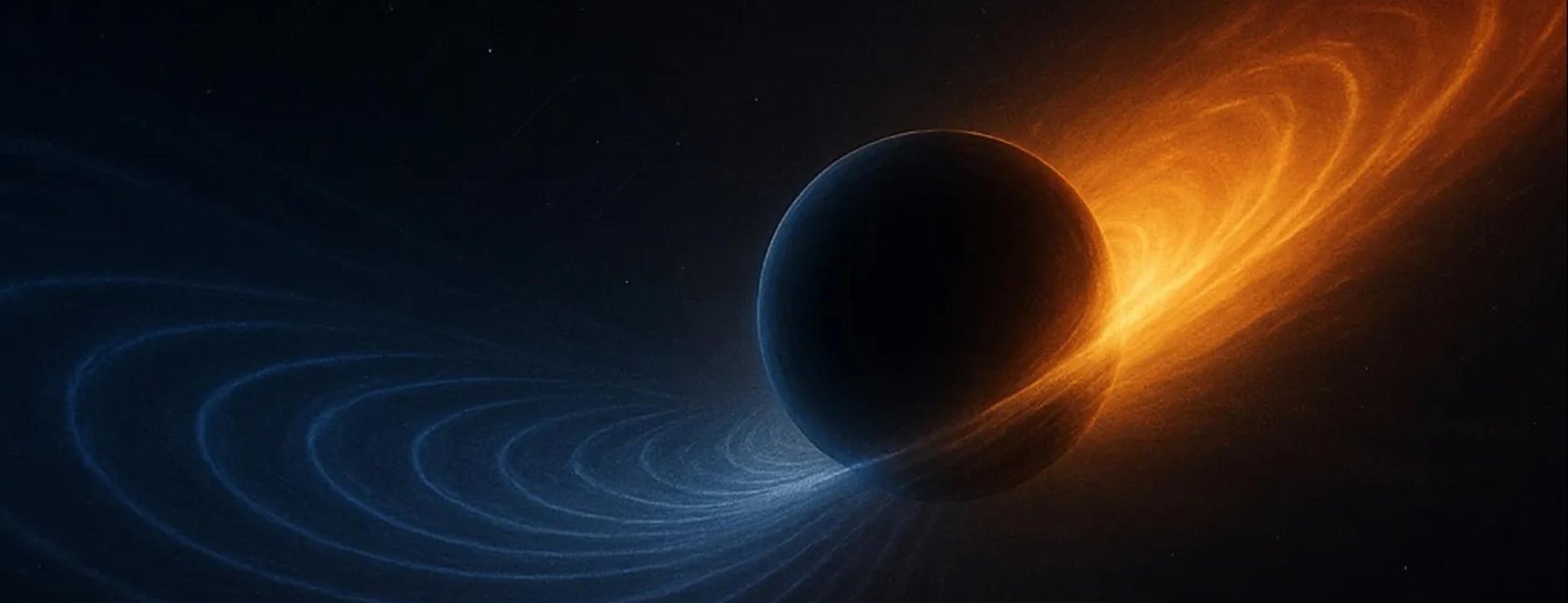Black hole mergers are some of the most violent events in the universe. Just how violent is becoming more clear in part due to a new paper published in Nature Astronomy. For the first time, it tracks the “recoil” that the newly formed black hole gets from asymmetric gravitational waves that are released during the merger. Turns out they are strong enough to “kick” the new, supermassive combined black hole into motion at a speed of thousands of kilometers a second.
For a little bit of background, gravitational waves, the phenomena behind this absurdly powerful energy spike, have been theorized since Einstein first came up with the idea of gravitational waves in his generalized theory of relativity in 1916. The theory said that, while many gravitational changes can create black holes, the only ones large enough that we would have any hope of building equipment able to detect were from massive events like black hole mergers.
We were finally able to officially detect gravitational waves only in 2015, when the Laser Interferometer Gravitational-Wave Observatory (LIGO) confirmed them coming from a merger of black holes. Since then, there have been more than 300 gravitational wave signals detected from black hole mergers, adding to our understanding of these catastrophic events.
Fraser discusses black hole mergers.
However, the additional part of the general theory of relativity is that, in some cases, the gravitational waves created from a merger wouldn’t be the same in all directions. Therefore, the difference in energy on one side or another would be enough to push the newly formed combined black hole towards the direction with less energy released. This would be especially likely if the two black holes were of drastically different masses. Some of the speeds calculated by theoreticians seemed insane for something so large as a supermassive black hole – enough to push them entirely out of their galaxies, but so far no one had been able to accurately calculate what those speeds, or directions, might be.
The paper in Nature Astronomy by Juan Calderón Bustillo, Samson H. W. Leong, and Koustav Chandra, is the first to do so. They looked at data both LIGO and a sister gravitational wave observatory known as Virgo, collected on a supermassive black hole merger called GW190412 that took place in 2019. The two black holes had very different masses – with one weighing in at about eight times the mass of our Sun while the other was about four times as heavier. It was the first time a merger of two black holes of such different weights had been observed.
The physical separation between the LIGO detectors, located in the US, and Virgo in Europe, allowed the team to parse differences in the signals to understand how the gravitational waves emitted by the merger varied over space and time. By their calculation the “kick” the newly formed joint black hole received was enough to propel it at 31 miles per second. Even more impressively, they were able to pinpoint the direction it was going, and realized it was set to leave the globular cluster it took place in.
Fraser talks about how gravitational wave observing could expand in the future.
That event itself took place 2.4 billion light years away – so despite the fact that this massive object is moving at that high of speed, we won’t be able to confirm the predicted direction or speed anytime soon, at least not by directly observing the new black hole’s movement. There is a potential to study an associated “flare” in the electromagnetic spectrum that these mergers emit, and the properties of that flare could help confirm the direction and speed with which the new black hole is moving. However, that is a study for another time as whether the flare is visible or not depends on the direction of the recoil compared to Earth. It didn’t seem like the flare associated with GW190412 was pointing towards us, so no luck in confirming it that way.
But as our gravitational wave sensing instruments get more and more sensitive, we will undoubtedly find more of these high impact events. And eventually scientists will be able to match the flare with the gravitational waves and confirm the use of these newest tools into the astronomical toolbox to watch some of the fastest moving heaviest objects in the universe.
Learn More:
Penn State – First measurement of a black hole’s “kick” after cosmic collision
J. C. Bustillo, S. H. W. Leong, & K. Chandra – A complete measurement of a black-hole recoil through higher-order gravitational-wave modes
UT – Black Hole Merger Provides Clearest Evidence Yet that Einstein, Hawking, and Kerr were Right
UT – LIGO Has Detected Unusual Black Holes Merging, But they Probably Don’t Explain Dark Matter

